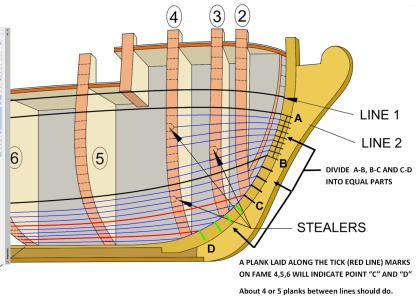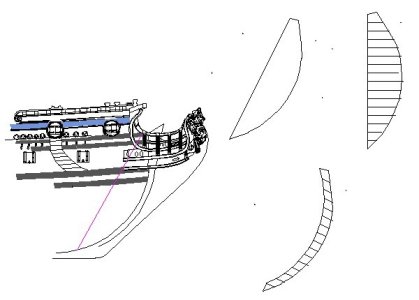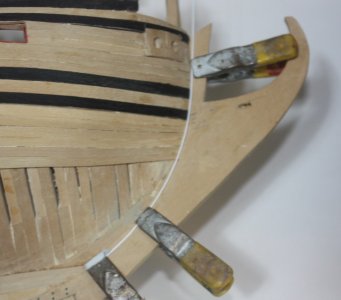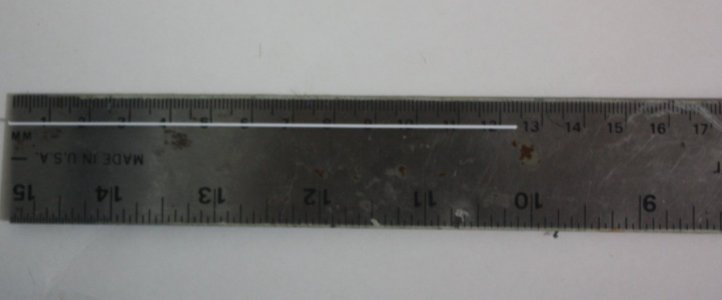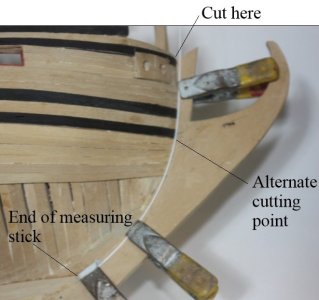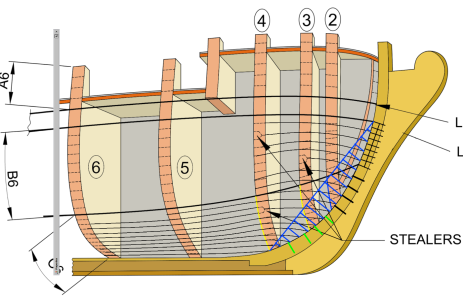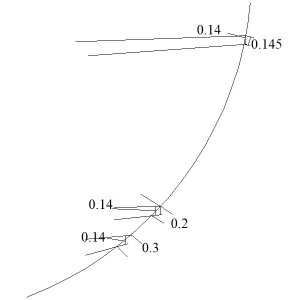Hi Allan
Thanks for posting those. I wish he showed planking including the thick stuff above and below the wales as well as the rest of planking, not just the wales. Do you know if he includes any other drawings with all the planking such as the Admiralty planking expansion drawings below of both inboard and outboard strakes. Thanks again!
Allan
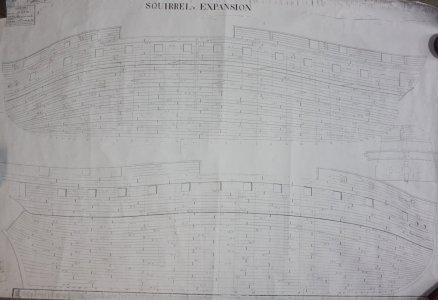
Thanks for posting those. I wish he showed planking including the thick stuff above and below the wales as well as the rest of planking, not just the wales. Do you know if he includes any other drawings with all the planking such as the Admiralty planking expansion drawings below of both inboard and outboard strakes. Thanks again!
Allan








